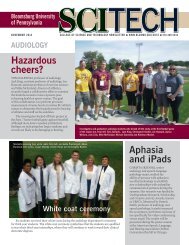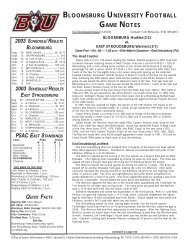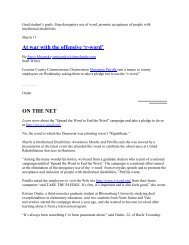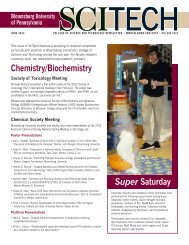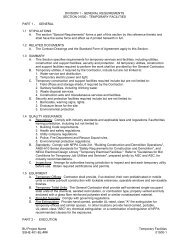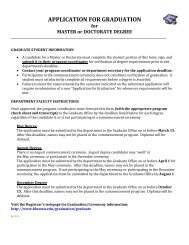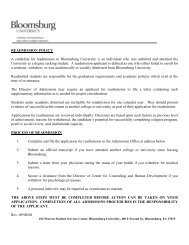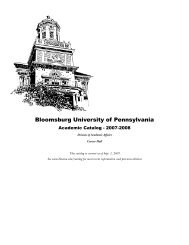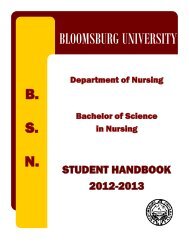Human Rights at Home and Abroad: Past, Present, and Future
Human Rights at Home and Abroad: Past, Present, and Future
Human Rights at Home and Abroad: Past, Present, and Future
You also want an ePaper? Increase the reach of your titles
YUMPU automatically turns print PDFs into web optimized ePapers that Google loves.
psychologists to cause emotional damage in a person for better knowledge of wh<strong>at</strong> is happening in the<br />
world?<br />
In researching the Milgram experiment I came across other experiments done where a person was<br />
in a distressing situ<strong>at</strong>ion. The experiments th<strong>at</strong> were done were more ethical. In one of these experiments<br />
an actor pretends to be sick or hurt in some way. They lie somewhere where they will be noticed <strong>and</strong> in<br />
high trafficked areas. There are cameras hidden around the scene <strong>and</strong> someone is w<strong>at</strong>ching the<br />
proceedings from a nearby building. They wait until someone steps forward to help the person. When<br />
someone does step forward they come out of the buildings <strong>and</strong> confront the person. They explain wh<strong>at</strong> is<br />
happening <strong>and</strong> ask why they got involved (YouTube- Byst<strong>and</strong>er effect). There are many experiments<br />
conducted like this one. There is one where an infant is locked in a car on a hot day, another where a dog<br />
is trapped in a hot car, on where a young child is approached by a stranger while <strong>at</strong> a play ground asking<br />
them to help find his dog, <strong>and</strong> one where a child is abducted. In these experiments not many people stop<br />
to help the person or dog. This is referred to as the byst<strong>and</strong>er effect where when a lot of people are around<br />
you believe th<strong>at</strong> someone else will help.<br />
This was not the case when a young girl was approached by a stranger <strong>at</strong> a park when her nanny<br />
leaves to use the restroom. Every time the stranger came to talk to the little girl a parent from nearby<br />
would step in <strong>and</strong> ask the man to leave the girl alone <strong>and</strong> thre<strong>at</strong>ening to call the police. They then changed<br />
the scenario a little instead of the man being a stranger the man knows the little girl who lives down the<br />
street from him. Even then there was only one parent th<strong>at</strong> let the little girl walk away but when questioned<br />
she said she kept w<strong>at</strong>ching to see where they were going (YouTube-wh<strong>at</strong> would you do?). These are the<br />
type of experiments th<strong>at</strong> are ethical there is no psychological harm on the unknowing subjects. We can<br />
also use the inform<strong>at</strong>ion th<strong>at</strong> was acquired when we are teaching children wh<strong>at</strong> they should do when they<br />
are in th<strong>at</strong> type of situ<strong>at</strong>ion.<br />
As adults we can use the inform<strong>at</strong>ion ourselves. For example in the experiment with the baby<br />
being locked in the car crying it took close to ten minutes for one person to stop <strong>and</strong> call 911. When one<br />
person stopped the other people who had been walking by would stop <strong>and</strong> help ask whose car it was. Th<strong>at</strong><br />
124



